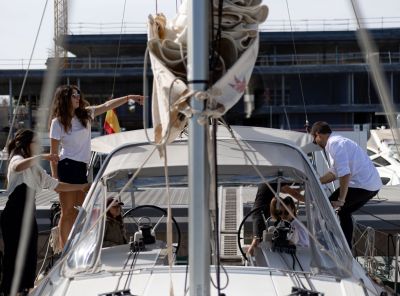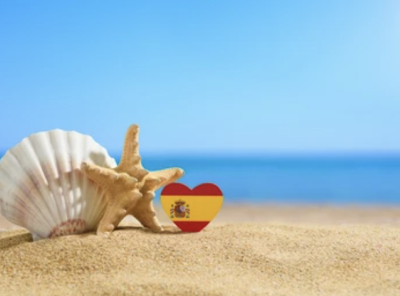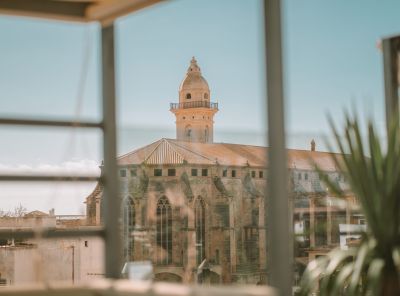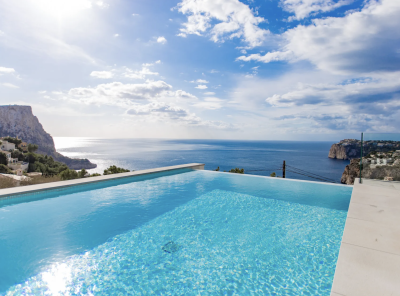

When Clay And Ceramic Become Art
The noble art of creating pots, recipients of every kind, and sculptures has always been fundamental to the culture and history of Mallorca (Majorca). The most characteristic object of this type of craftwork is the “siurell”, a small figure shaped by hand, painted white and decorated with small colored brushstrokes.
A typical souvenir of the island, the “siurell” has a whistle as part of the base of the figure, which can be of various forms. Its origin is unclear, though some researchers consider it to be a descendant of the Minoan clay figures of ancient Crete.

The Art of Craftmanship
Marratxí, and especially Pòrtol are the areas that honor the clay and ceramic crafts. Their fields have been providing the clay with which masters have been producing the pots and terrines for Mallorcan kitchens and unique pieces for generations.
Cooking pots, “greixoneres” (earthenware cooking vessels), earthenware plates, pitxers (wine jugs) are some of the most typical products of the workshops, known as “oyereis”. The output of these workshops is very varied and over recent years they have added plant pots, candelabra, coffee sets, window boxes etc. to their range of more traditional products. To understand and appreciate this particular craft fully you should pay a visit to sa Fira de Fang de Marratxí (The Marratxí Clay Fair) which is held at the end of February or beginning of March every year.

A trip to the Museu des Fang (Clay Museum) is also a must-pay visit. Housed in a former flour mill, the museum is dedicated to this traditional Majorcan clay and ceramic crafts. On display 900 items, and a collection of traditional tools and objects donated by the olleries (craft factories of clay pots) that in the past years have gradually disappeared in the area. The museum is also the starting point of la Ruta del Fang (The Pottery Route). On the Ruta del Fang, it is possible to get to know this craft and buy pottery, pots and bowls and siurells from craftsmen.

It is also interesting to see the great deposits of red earth on one’s way out of Portòl, and so understand how it is that this type of craftwork has taken such a hold in the whole of the Marratxí area.
As well as Pòrtol and Sa Cabaneta, the traditional local handicrafts are an important part of the culture of other Mallorcan villages, such as Alaró, Consell, Felanitx and Pollença. Felanitx township for example, has always been known for its high-quality clay and for one of the most famous artistic, handicraft ceramics on the island. The Gerretes are typical of Felanitx.

These unglazed decorative jugs became very popular because they kept the water nicely fresh thanks to their porosity. At the same time they were appreciated for their daintiness and the ornaments. Most of the preserved Gerretes date from the 19th and 20th centuries, and the oldest intact jug from the 16th century is exhibited in the Ethnographic Museum in Muro.
Author
-

The Best of Mallorca team is made up of people who are in love with Mallorca, each with unique experiences and insights to share with you. From adventure, to gastronomy and lifestyle their hobbies and interests range far and wide. They are passionate about turning your time in Mallorca into meaningful memories and bringing you inspiring ideas to enjoy this beautiful island.
View all posts
























Leave a Reply